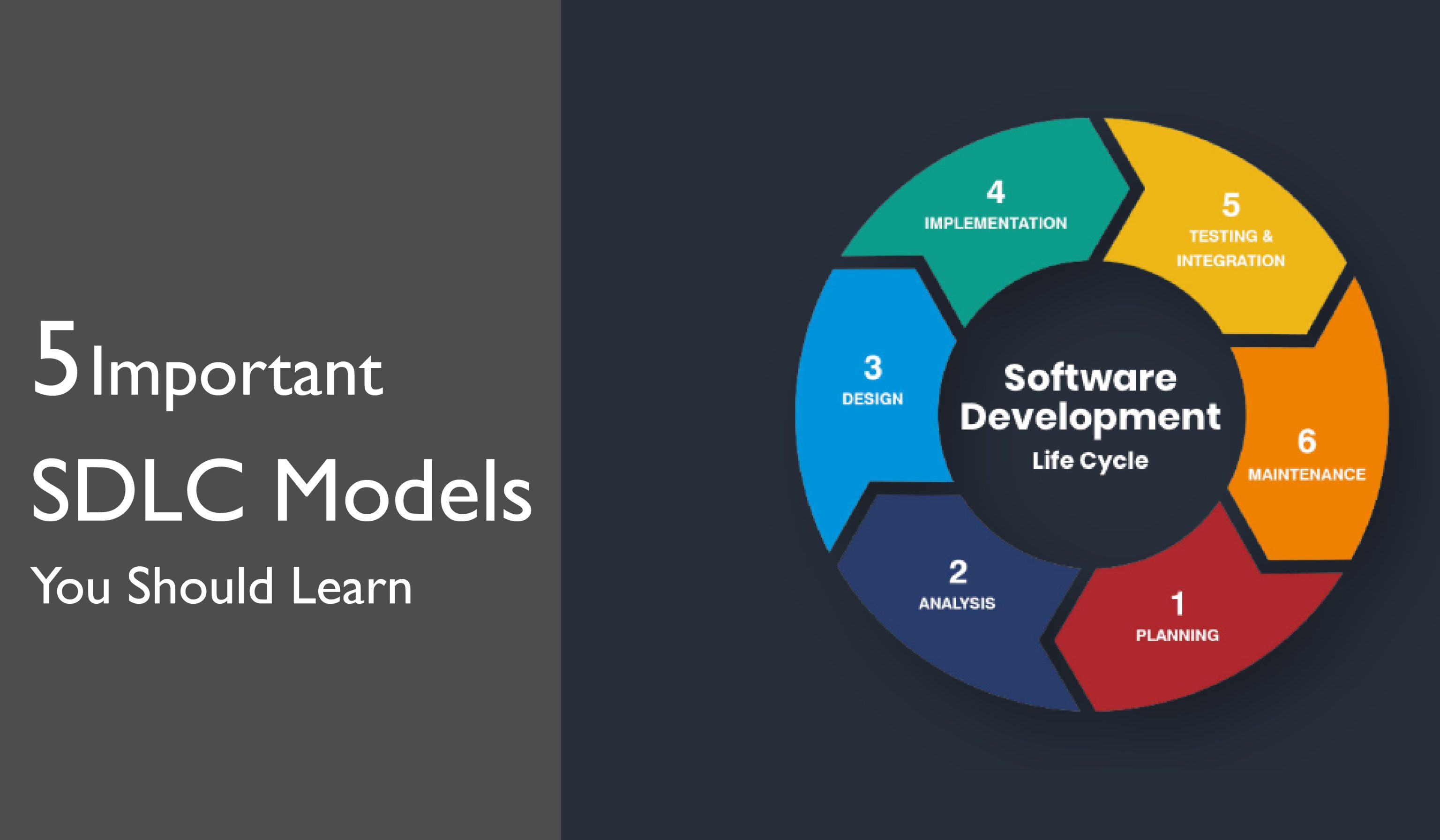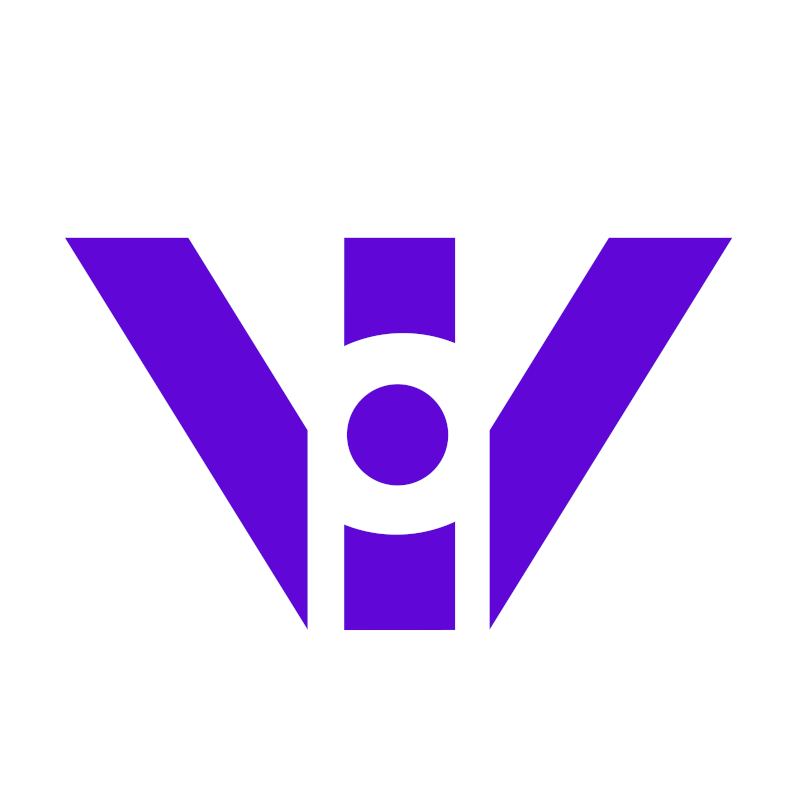Selecting the best SDLC (Software Development Life Cycle) model is the initial step for a successful software project. The SDLC models are like a blueprint for a successful project, defining the roadmap that guides your team from the initial idea to the final product. These models improve your development workflow, reduce risks, and deliver a winning product.
But with so many SDLC models out there, how do you find the best SDLC model for your project?
In this article, we’re going to explore the most important SDLC models that you should know along with their pros and cons. We’ll also discuss key factors that you should look at while choosing among them.
Let’s get started.
Choosing the Best SDLC model
Not all the SDLC models are perfect for specific projects. Some of them are good for small or medium size projects while others are best for large-scale projects.
To find the best SDLC model for your project, you’ve to consider a few key factors. Let’s break it down.
Project Size & Complexity
Project size and complexity are crucial factors when considering an SDLC mode. If your project is large and has many interdependencies, models like V-Model or Spiral are ideal for you as they offer a structured and iterative approach to handling projects. You can consider the Agile model when your project is small in size and less complex.
Customer Involvement
When the project relies on continuous customer or user feedback, you need to consider models highly equipped with feedback collection. The RAD model excels here, requiring feedback from customers and users in each development phase. You can also consider the Agile method which allows you to provide demo projects to gather customer requirements.
Risk Management
Handling potential risks is a crucial step for any project. Models like the Spiral come with effective risk management capabilities. Selecting the Spiral model is obvious when your project carries high risk. However, the Spiral model may not be suitable if your project is small.
Flexibility and Adaptability
If you prefer flexibility and adaptability to adapt to changes quickly and efficiently, then you should consider SDLC models that provide robust flexibility and adaptability such as Agile and Waterfall. The waterfall model might be appropriate if your project has stable and fixed requirements.
Time Constraints
When time is critical, it’s important to choose an SDLC model that enables better planning and flexibility in the timeline. Popular SDLC models like Agile offer timeline flexibility and can adapt to changing priorities. Waterfall or V-model can be considered when your project has a fixed timeline.
5 Best SDLC Models That You Should Know
Let’s quickly dive into the list of best SDLC models,
Agile Model
The agile model is a combination of incremental and iterative models, focusing on adaptability and customer satisfaction. Prototype is available to customers or users to provide feedback and suggestions. This approach makes it suitable for projects where frequent customer feedback is necessary. The agile model is highly suggested for these projects that require quick adaptability and seamless adjustments.
Pros
- Short project completion time
- Focuses on team collaboration
- Documentation is negligible
- Easy maintainability
- Provides flexibility for the developer.
Cons
- Lack of formal documentation.
- Unable to handle complex dependencies
Spiral Model
One of the most flexible SDLC models on our list and is used by the leading software companies. If your project is large, complex, and requires powerful risk management, then you should consider the Spiral Model. It contains a dedicated risk management phase that allows you to identify and resolve potential risks in each phase. The characteristics of this model combine both the iterative and waterfall models. The spiral model has prototyping capabilities, allowing you to reduce uncertainties.
Pros
- Suitable for large and complex projects.
- Easy to estimate overall project cost.
- Risk management capabilities.
- Continuous feedback from customers.
Cons
- Complex SDLC model
- Not suitable for small projects.
- Requires an expert review team.
Waterfall Model
The Waterfall Model is best when your project contains a well-defined requirement that is unlikely to change and the project scope is clear from the beginning. It’s a linear and sequential model where you can’t move to the next phase until the previous phase is completed successfully. The Waterfall Model is simple and easy to maintain, making it a perfect fit for small projects.
Pros
- Easy to understand and maintain.
- Suitable for small projects.
- Each phase of the model is well-explained.
- Provides a structured way to do things.
- Requires less customer involvement.
Cons
- No risk management capabilities.
- Not suitable for large and complex projects.
- Lengthy development process.
- Difficult to change project requirements.
V-Model
The V-Model is best for software projects that require strict validation such as defense or medical software. Quality control is the top priority in this model and a systematic test is necessary for each stage. This makes it a powerful and disciplined model. If you’re looking for an SDLC model that is well structured and similar to the Waterfall model with more focus on verification and validation, then V-Model can be a perfect match for you.
Pros
- Simple and easy to use.
- Planning and testing can be done before coding.
- Defects are detected in the initial stage.
- Perfect for small and medium size projects.
Cons
- Not suitable for complex projects.
- High risk and uncertainty.
- Not suitable for large projects.
RAD Model
RAD or Rapid Application Development model is best if your project requires a fast development process and quick prototyping. This model enables you to develop and deliver a working product quickly. The RAD model is mainly used for small projects. In this model, the project is completed within the deadline and all the requirements are gathered upfront, ensuring a smooth and efficient workflow.
Pros
- Time efficient.
- Flexible
- Easy to adapt to changes.
- Cost efficient.
Cons
- Requires skilled team members to handle the project.
- Difficult to maintain.
- Not suitable for complex projects.
Wrapping Up
The Software Development Life Cycle, or SDLC models are essential for any software project, providing a structured workflow for software development and ensuring that your projects are completed efficiently and effectively.
Choosing the right SDLC mode for your project is the secret ingredient that elevates your project into a standout success. The SDLC models we’ve explored in this article upgrade your development workflow to the next level by providing a clear roadmap, risk mitigation, enhanced communication, and ensuring quality.
If you have any questions or need any further assistance, feel free to contact us. We’ll be happy to assist you.


